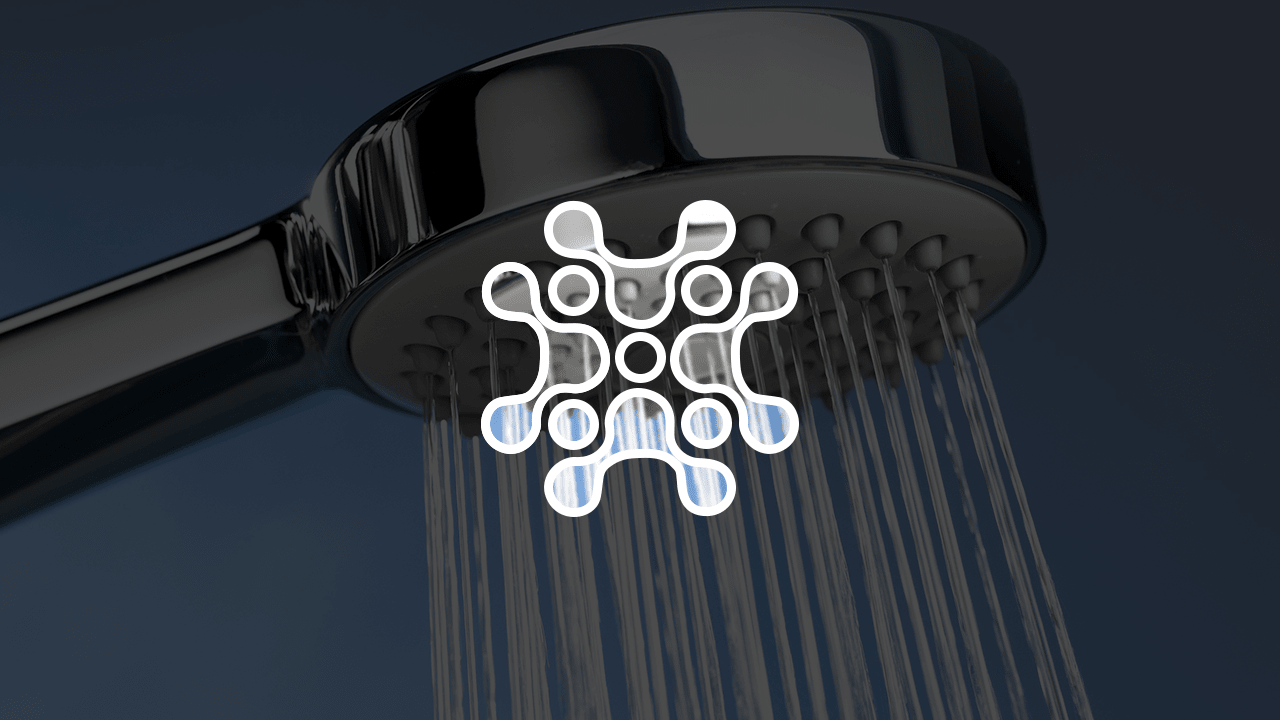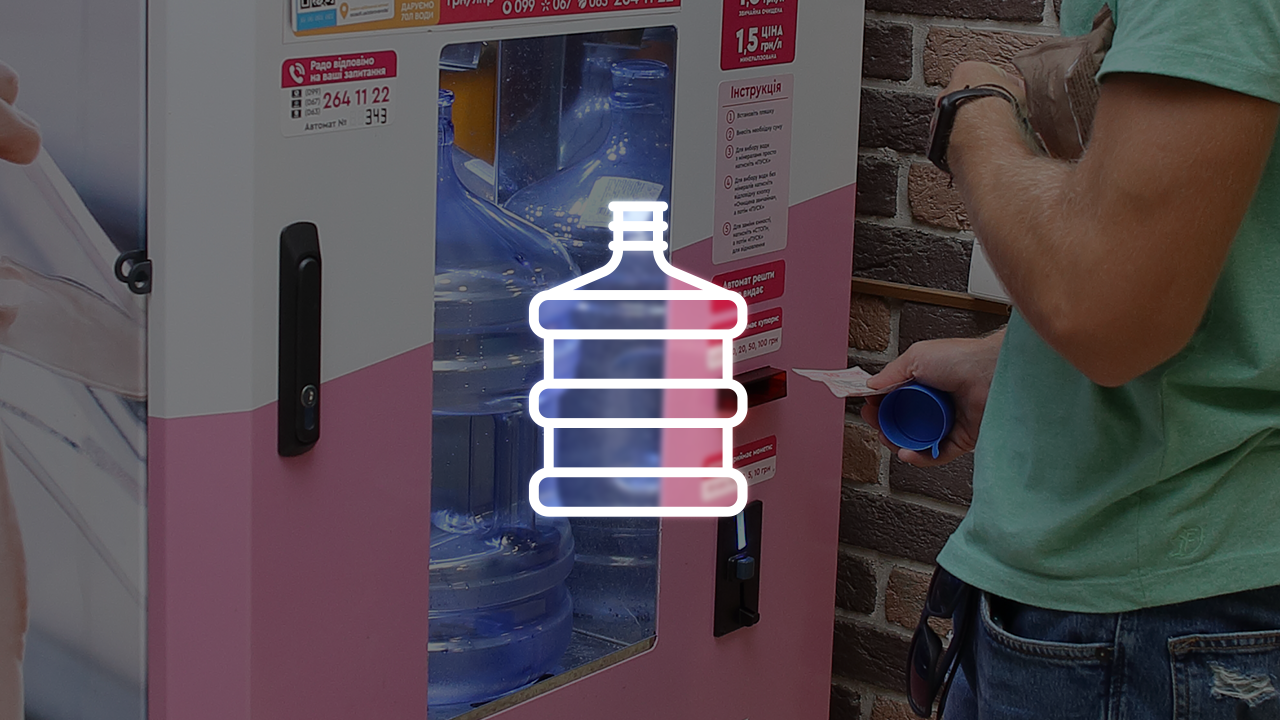This topic, as you might have guessed, is somewhat outside the usual scope of our blog. However, since we receive this question often, we decided to share some valuable information that can help prevent poisoning from poor-quality alcohol.
What сontaminants are found in moonshine?
The main issues with unpurified moonshine are its specific aftertaste and cloudiness. These are primarily caused by colloidal (suspended) particles and organic compounds such as acids, esters, aldehydes, and ketones — all of which are inevitable byproducts of fermentation.
Let’s take a closer look at the chemical impurities found in alcoholic beverages:
Aldehydes and ketones
These compounds give alcohol a harsh, burning taste. They are mainly formed during fermentation, but can also appear during heat processing.
Presence in the final product:
Acetaldehyde gives a sharp, unpleasant smell.
Propionaldehyde — suffocating odor.
Butyric and isovaleric aldehydes — sharp fruity notes.
Low-quality wash may also contain crotonaldehyde, acrolein, and diacetyl, which have sharp smells and unpleasant tastes.
Fusel oils
These are higher alcohols, mainly butyl, isobutyl, and isoamyl alcohols, which are normal products of alcoholic fermentation. They have an unpleasant odor that may cause nausea. Taste-wise, they add a greasy, floral note.

Esters are compounds formed by the reaction of acids and alcohols present in the mash. They are produced both during fermentation and rectification through chemical reactions, contributing floral or fruity aromas.
Volatile Acids
These (such as propionic and acetic acids) are metabolic products of yeast and other microorganisms. They worsen the flavor — for example, propionic acid gives bitterness, while valeric, butyric, and isobutyric acids smell like sweat.
Methanol
A toxic impurity that is strictly regulated in alcoholic beverages. It forms during heat processing of raw materials, particularly through the breakdown of pectins. Methanol is highly toxic, but typically not produced in significant amounts when using quality raw materials at home.
Sulfur compounds
These include hydrogen sulfide, mercaptans, and thioaldehydes, all known for their unpleasant odors. They usually don't form when grain-based raw materials are used.
Ammonia and amines
Ammonia is formed from the breakdown of mash components. Amines — derivatives of ammonia — may give the alcohol a rotten smell if they dissolve in the liquid. However, these rarely form in home distillation.
How to purify homemade alcohol?

The best filter for moonshine is activated carbon. It effectively absorbs most organic impurities, including fusel oils. The process of sorbing contaminants from alcohol is similar to that in water treatment.
It’s practical to use cartridge filters filled with granular carbon or carbon block filters. These are compact and can be installed directly into the tubing at the outlet of the moonshine still. A mechanical filter with a polypropylene cartridge can also be added before the carbon stage.
However, the service life of filters used for moonshine will be shorter than for water due to the higher impurity load. You can expect them to last for around 1000–1500 liters. That’s usually enough for household use, but cartridges may need to be replaced often since a high level of organic matter can promote microbial growth. The need for replacement can be assessed based on the quality of the alcohol after filtration.
In general, no additional filters are required to obtain high-quality alcohol. We’re often asked whether ion-exchange resins or other materials can be used. In a household setting, they are unnecessary because the impurities they remove are present in alcohol in very small amounts and don’t significantly affect its taste or smell. Furthermore, organic compounds may react with these materials and release additional toxic byproducts.
Ion-exchange resins in particular may act as catalysts for side reactions or bind chemically with moonshine impurities.
Can a filter jug be used for moonshine?
Pitcher filter cartridges contain a mix of components, including ion-exchange resins and catalytic materials. For this reason, we do not recommend using pitcher filters for moonshine purification.








